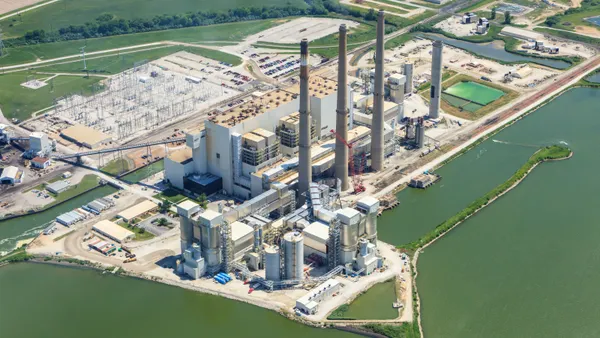Dive Brief:
- Solar installers and the Hawaiian Electric Companies (HECO) are feuding over the cause of lengthy interconnection delays for solar installations in the state.
- Some 4,400 solar system installation applications await approval as an installation process that took only weeks before HECO made the approval a pre-requisite for grid interconnection is now taking up to nine months.
- The delays are caused by technical problems that installers must work with HECO to resolve before the installations can be approved, according to HECO CEO Dick Rosenblum, and the technical problems are the result of a doubling of the number of new systems annually being added to the 46,000 already on the state’s grid.
Dive Insight:
Rosenblum claims the technical problems are far beyond what anyone in the solar industry has ever tried to manage. Installers, however, say they can be resolved in minutes and are primarily the result of HECO’s failure to add new technology that would streamline interconnection with an “archaic” system. Solar installers say HECO could have avoided interconnection delays by investing in its outdated system before the volume of applications became overwhelming.
Although resolution of the dispute does not appear to be imminent, HECO’s just-filed integrated resource plan (IRP) promises that operational constraints will be proactively mitigated by meeting technical challenges at the distribution level while reliability risks for the overall power system will be met with smart technologies.
The IRP’s Distributed Generation Interconnection Plan (DGIP) includes an interconnection queue proposal that focuses on eliminating customer dissatisfactions through faster interconnection procedures that will “provide a clear and transparent path forward for applicants.”
The IRP also proposes nearly tripled customer-owned DG to over 900 megawatts, as well as “large amounts” of new utility-scale solar and “modest amounts” of new utility-scale wind by 2030.














